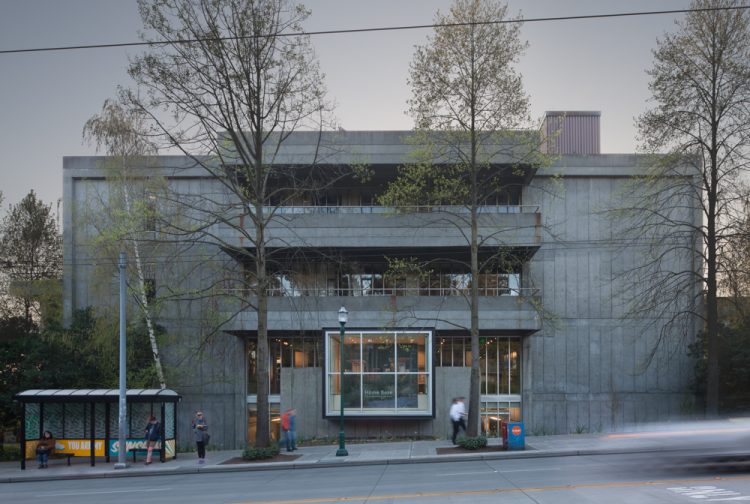Posted on October 19, 2019
Post categories: Honors & Awards News Research

The Global Architectural History Teaching Collaborative and Co-PI’s Mark Jarzombek and Vikram Prakash are happy to announce its receipt of funding from the Andrew W. Mellon Foundation. This $1,000,000.00, three year award will allow GAHTC to fund the production of teaching modules, as well as Teacher-to-Teacher Workshops and Global Connections Fellowships. This is the third installment of a grant that was first awarded in 2013 for a total of $3.5 million.
At a time of rapid technological change and professional specialization, we can easily forget that the most important mission of schools and universities is to offer inspiring and horizon-expanding teaching to the next generation. Survey courses play a particularly important role as they open the world to students and help give them critical purchase on their own landscapes and lives. A good survey course balances breadth with depth, but in an ever-expanding world that balance can be lost, meaning that the problem is not just how to teach students, but how to prepare teachers. The GAHTC’s mission is to provide cross-disciplinary, teacher-to-teacher exchanges of ideas and material, in order to energize and promote the teaching of all periods of architectural history in a global way, especially at the survey level. Via our online platform, our workshops, grants and conferences, we support teachers in the class room.
We will therefore focus less on outreach and digital innovation and more on the primary mission of GAHTC, providing member-made quality teaching material free of charge to teachers. We will use the upcoming grant term to round out our library content and work toward a sustainability for the digital platform, through the auspices of MIT’s School of Architecture and Planning.
We will strengthen the breadth of our library content by focusing on under-represented areas that we feel are important to the discipline, such as gender studies, aboriginal studies, African studies and First Societies.
By focusing on these core goals, we can make sure by the end of the grant cycle that GAHTC’s materials are well curated, easily accessible and known to the broader community interested in global architectural history teaching content. Having a reputable body of material that is easily accessible and known to the community gives GAHTC the best chance to become a lasting resource.